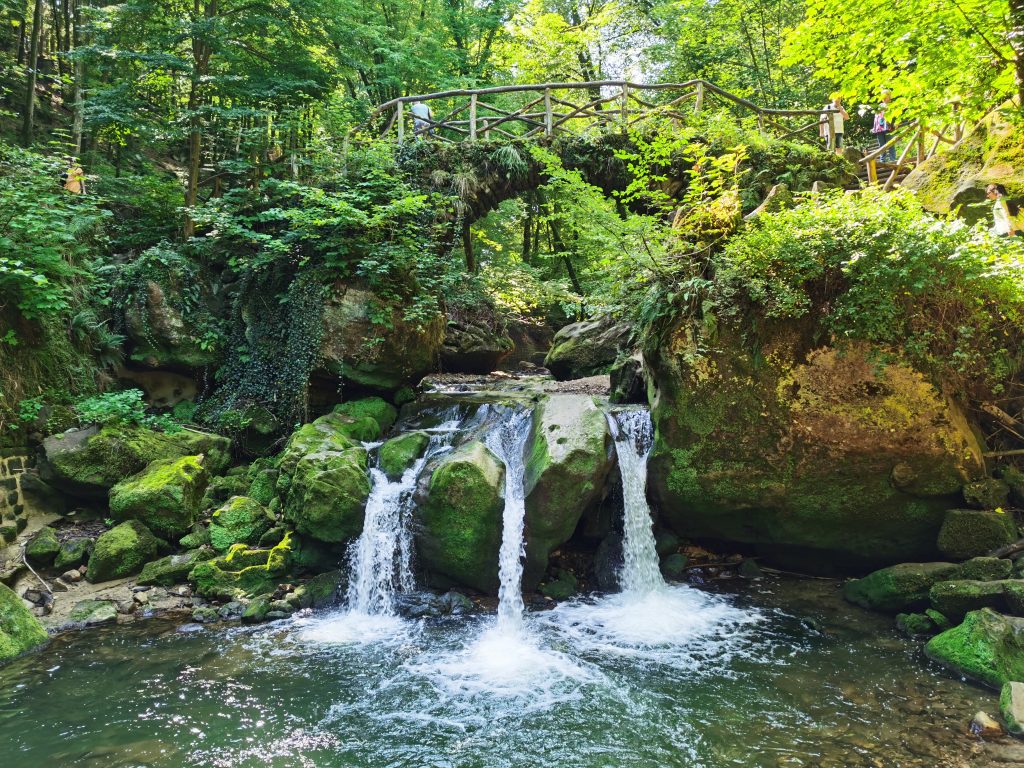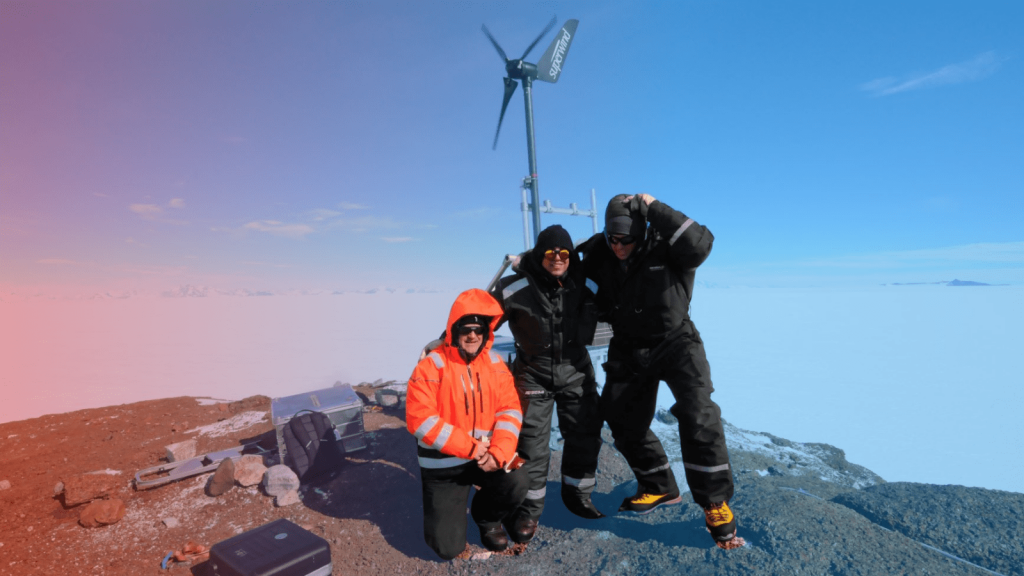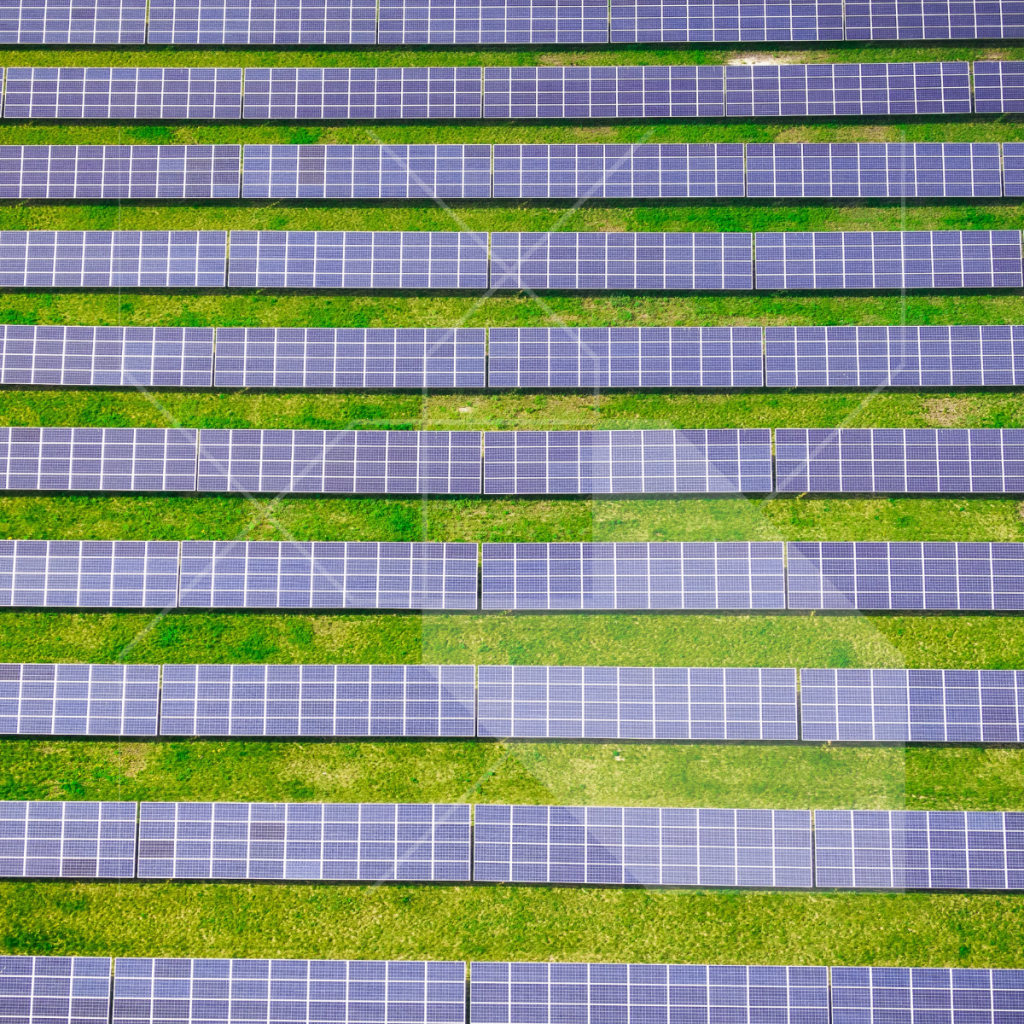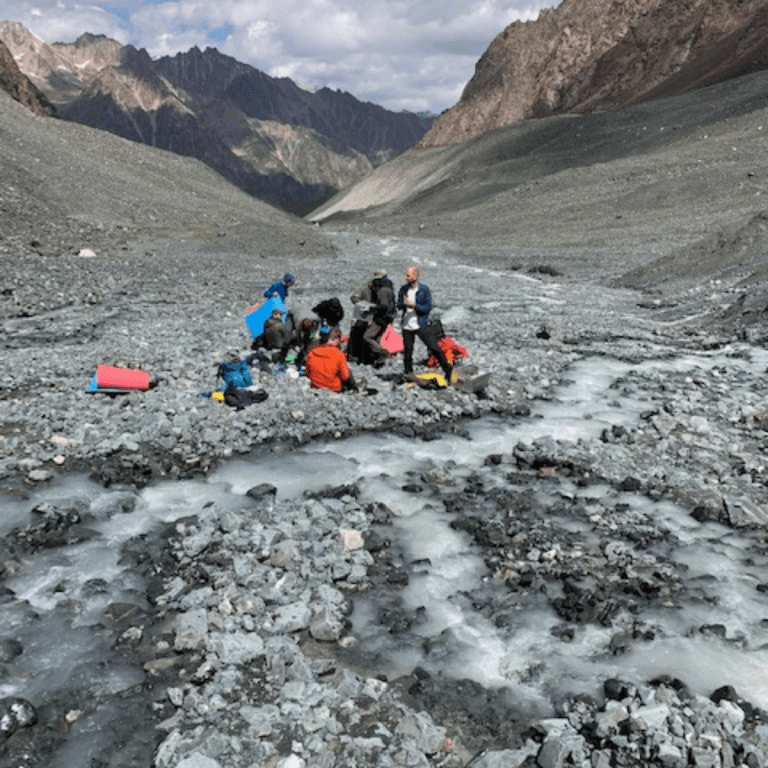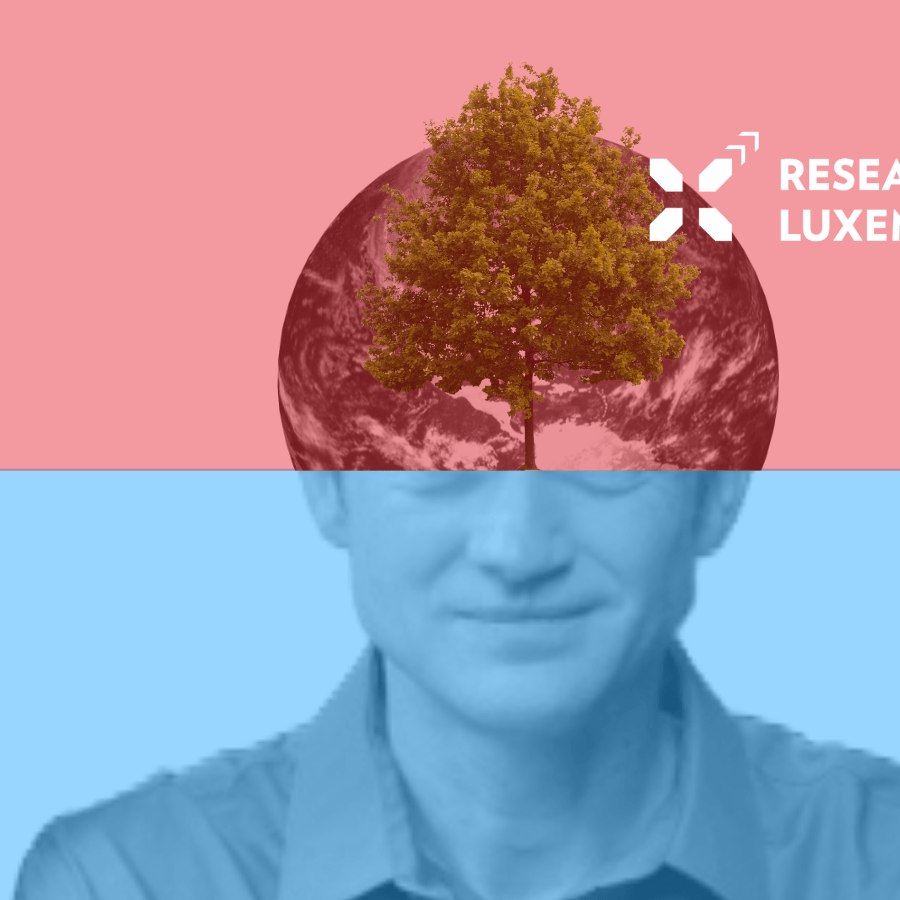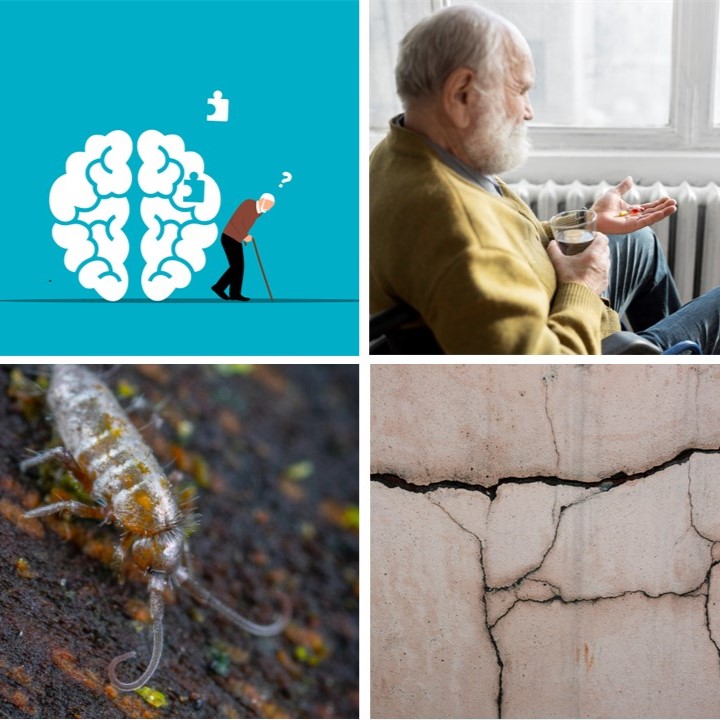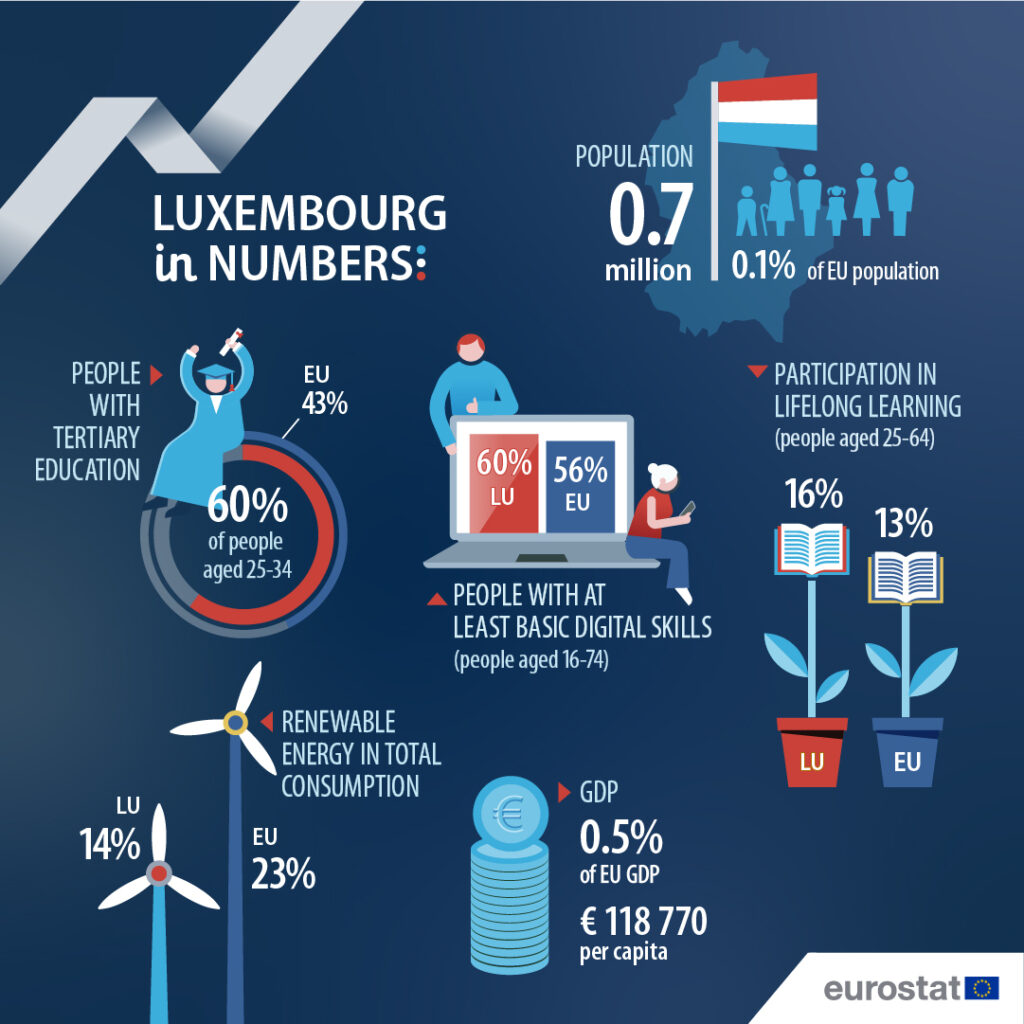Luxembourg has the highest rate of protected areas in Europe
01 July 2022
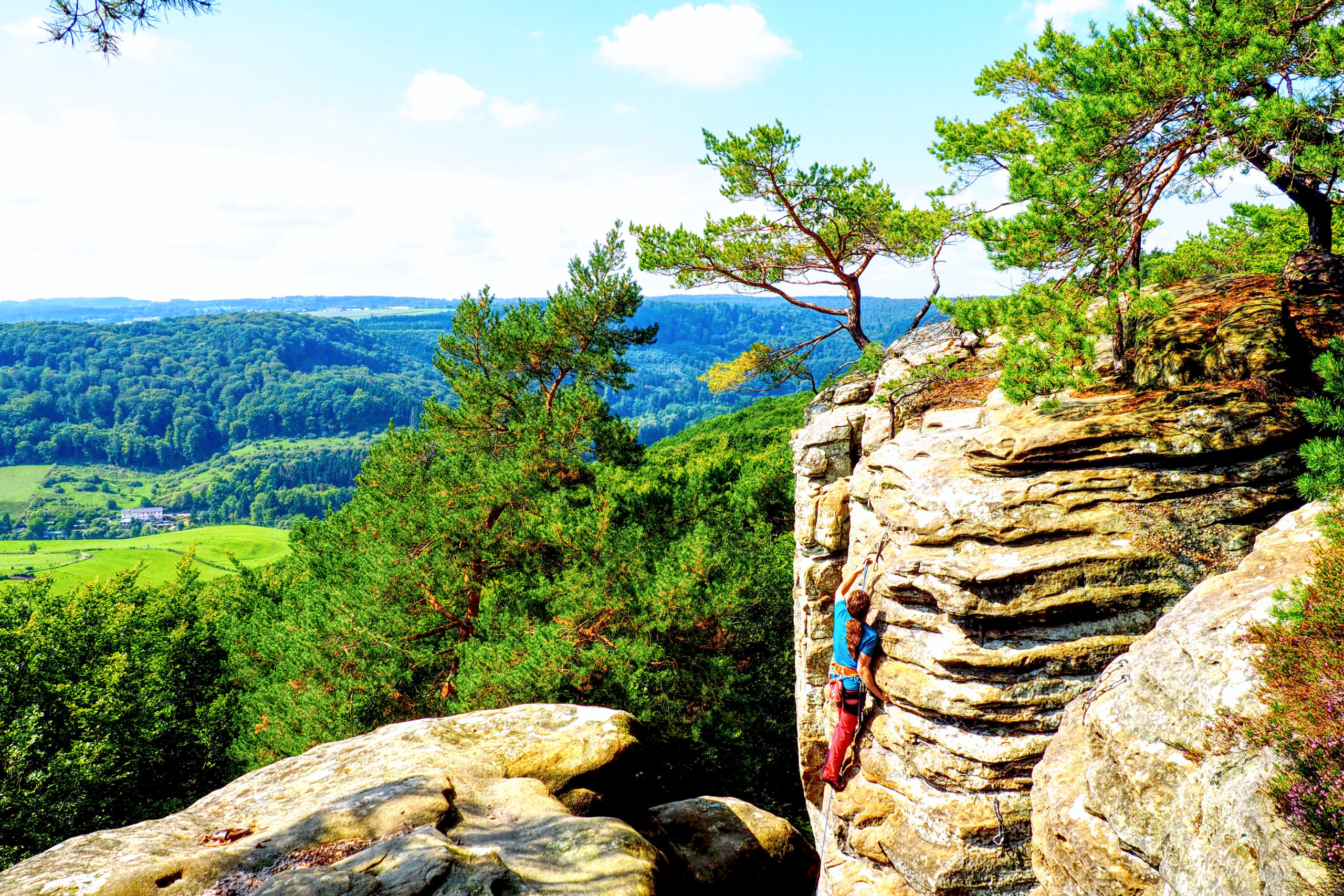
In 2021, protected areas represented 20% or more of the total land area in 20 of the 27 EU Member States according to Eurostat. The highest share has been recorded in Luxembourg with 52%.
According to Eurostat, protected areas represented 20% or more of the total land area in 20 of the 27 EU Member States in 2021. The highest shares are recorded in Luxembourg (52%), Bulgaria and Slovenia (both 41%).
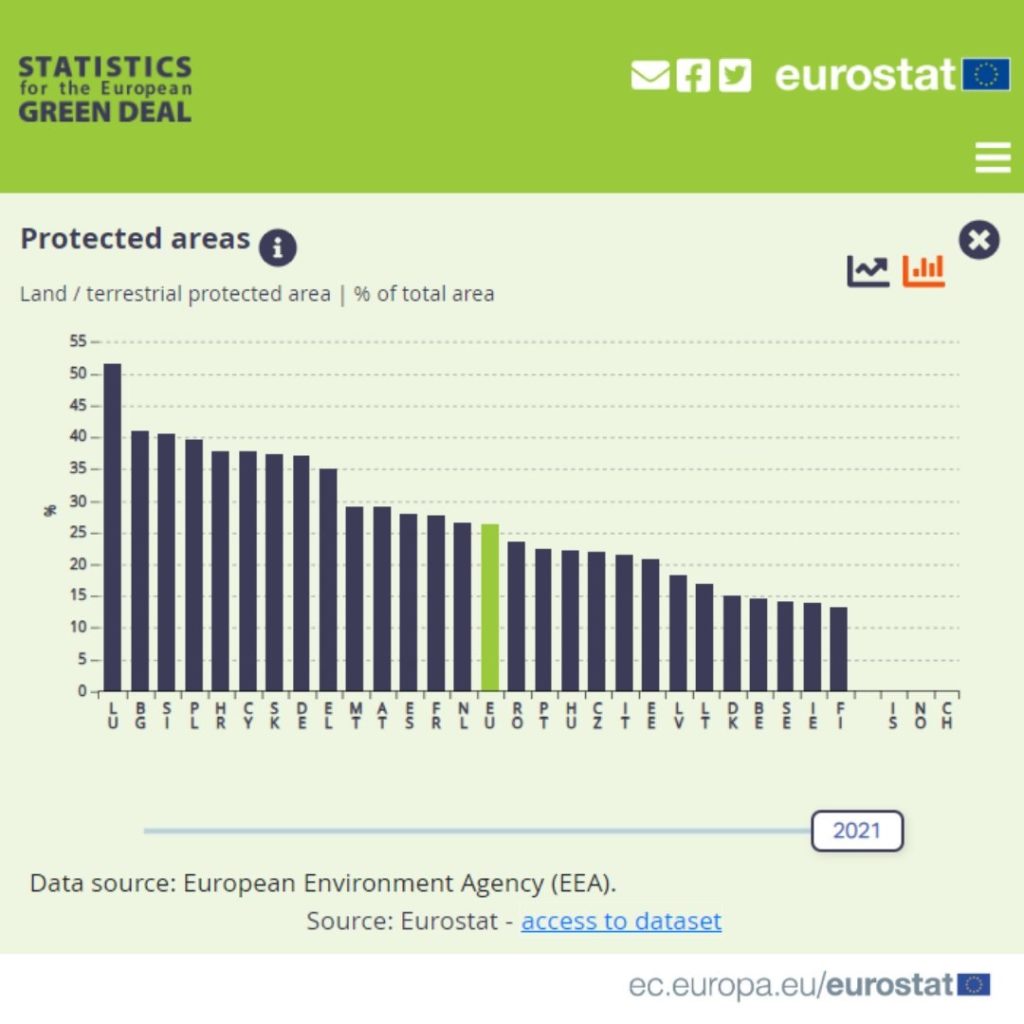
The European Union has the largest coordinated network of protected areas in the world, known as “Natura 2000”, consisting of around 27,000 terrestrial and marine sites protected under the Habitats Directive and the Birds Directive (known as “the Nature Directives”). In addition, EU Member States have protected large portions of their territory under national protection schemes.
In 2021, around 1.1 million km² of the EU Member States’ land area was designated for the preservation of biodiversity as Natura 2000 sites or nationally protected sites. This represents over a quarter (26%) of the total EU land area.
Protected areas in Luxembourg
Despite its small territory of 2,586 km², Luxembourg’s landscape is surprisingly rich and diverse:
- The German-Luxembourg Nature Park, the first European cross-border nature reserve is located on both sides of the river Our and covers an area of approximately 800 km². The park features over 170 km of trails for hiking lovers. More information on the German-Luxembourg Nature Park
- Our Nature Reserve, located in the heart of the Luxembourg Ardennes, offers vast plateaus and narrow rocky valleys which the Our and Clerve rivers weave through characterise the region. The region along the Our is also a culture destination with the medieval castle and Victor Hugo’s house in Vianden, the photography exhibition The Family of Man at Clervaux Castle, etc. More information on the Our Nature Reserve
- Upper Sûre Nature Park, in the north-east of the country, hosts the Upper Sûre lake that covers 380 ha and supplies two thirds of the population with drinking water, also offering many options to practice water sports. More information on the Upper Sûre Nature Park
In addition to the European directives, Luxembourg natural heritage is also recognised by the Unesco.
- The Minett Biosphere Reserve in the south of the country is a former industrial area undergoing regeneration. It also offers many natural protected areas and Esch 2022, European Capital of Culture. Esch-sur-Alzette is the second largest city in Luxembourg and holds the title of European Capital of Culture together in 2022 with the 10 municipalities of the south of Luxembourg and 8 French municipalities. More information on the Minett Biosphere Reserve
- The Mullerthal Geopark that has been awarded in 2022 the Global Geopark status by Unesco.
Researching Environment and Sustainable Development
Luxembourg has made of Sustainable and Responsible Development one of its four research priority area. With the ambition to become a textbook example for the green transition, the country aims to contribute through its interdisciplinary research activities to sustainable development from an ecological, economic, and societal perspective.
The research institutions in Luxembourg therefore carry out numerous research projects to develop technologies to monitor the effects of climate change on ecological systems and biodiversity or sustainable instruments, consuming fewer resources, and thus engendering less of a negative impact on the environment.
Researchers are also working on social sustainability (migration, energy transition and labour market developments, etc.).
Also, research in the fields of sustainable construction as well as renewable energies and electro-mobility play an important role in Luxembourg.
Here are some examples of research projects carried out by teams in Luxembourg.

